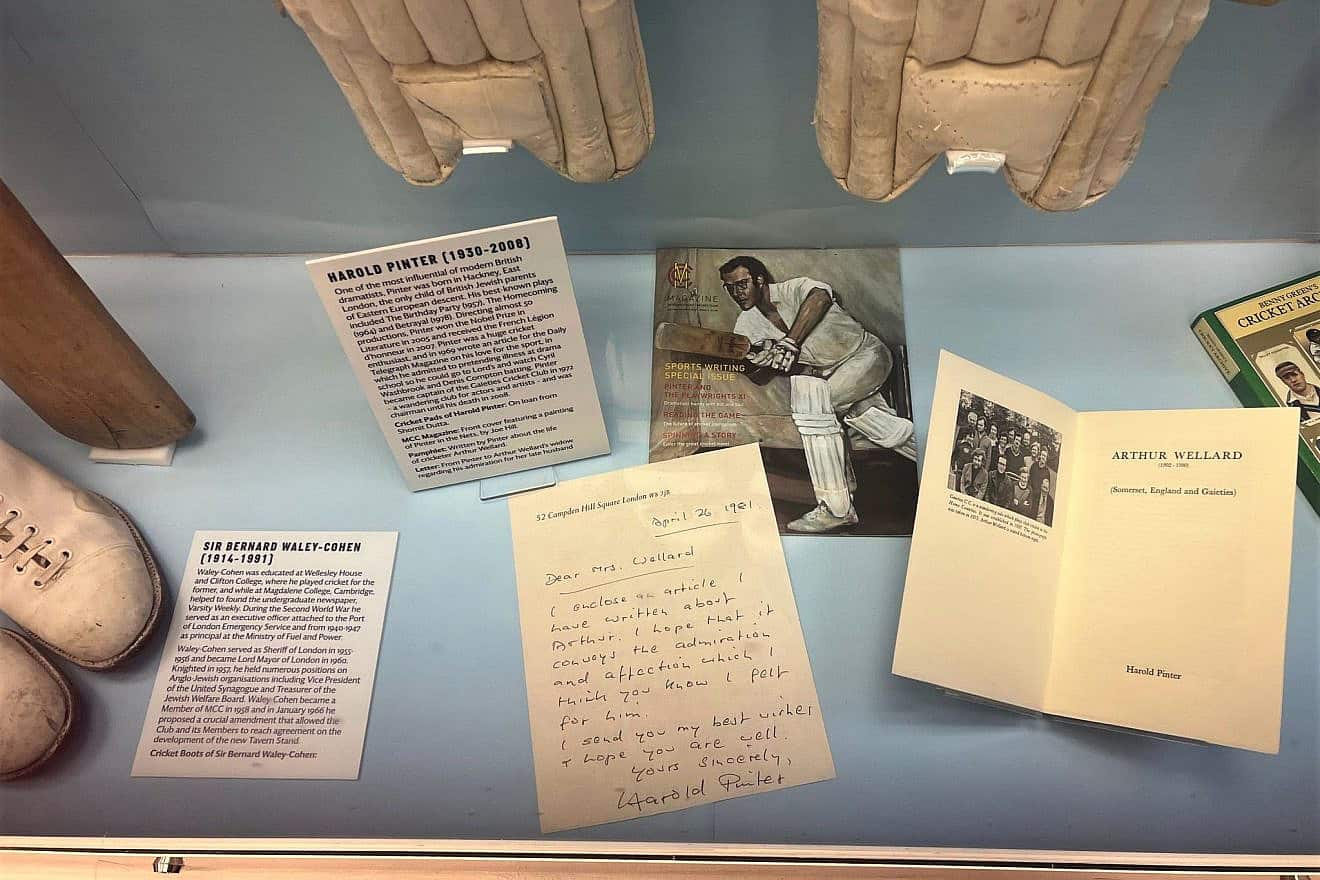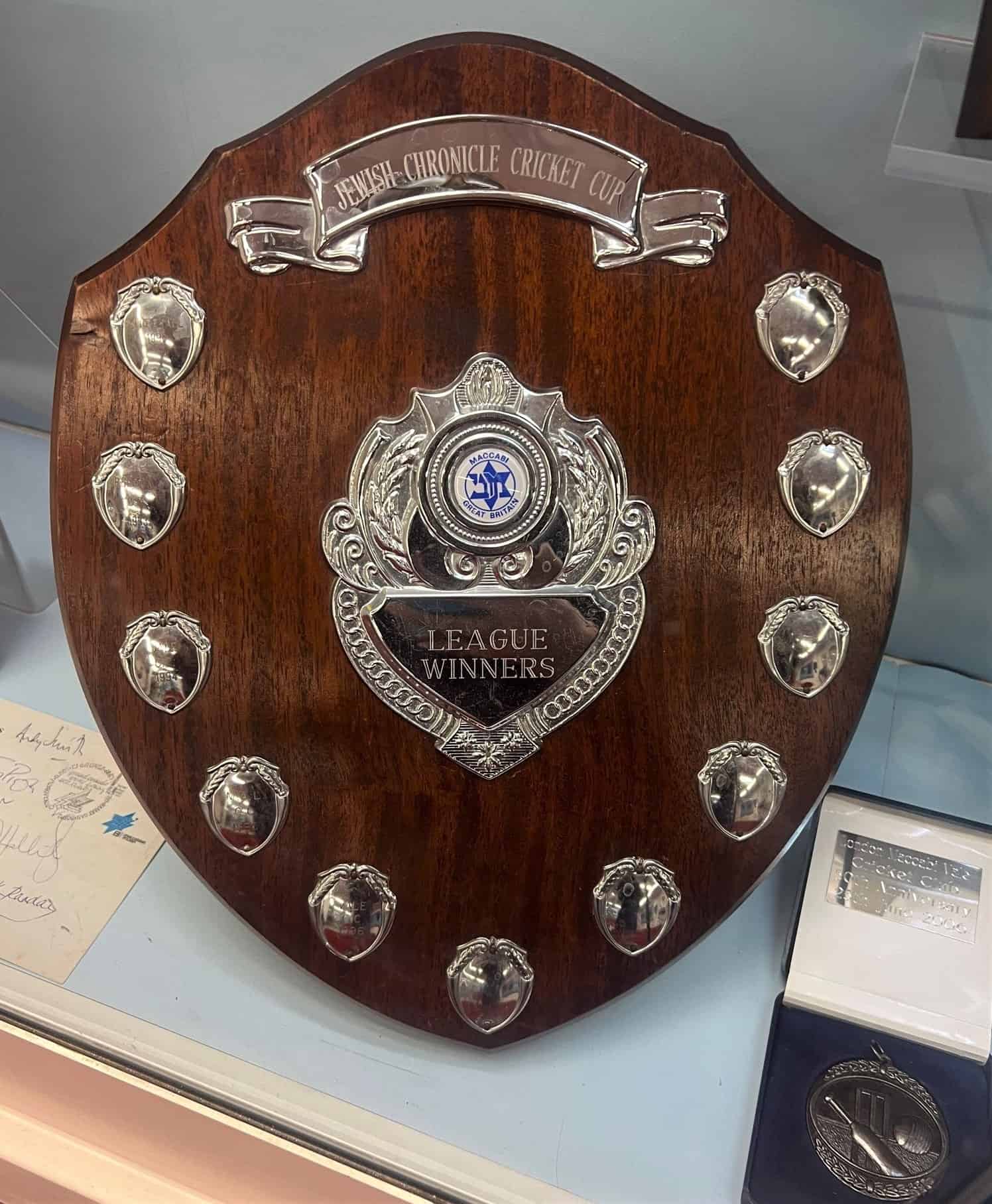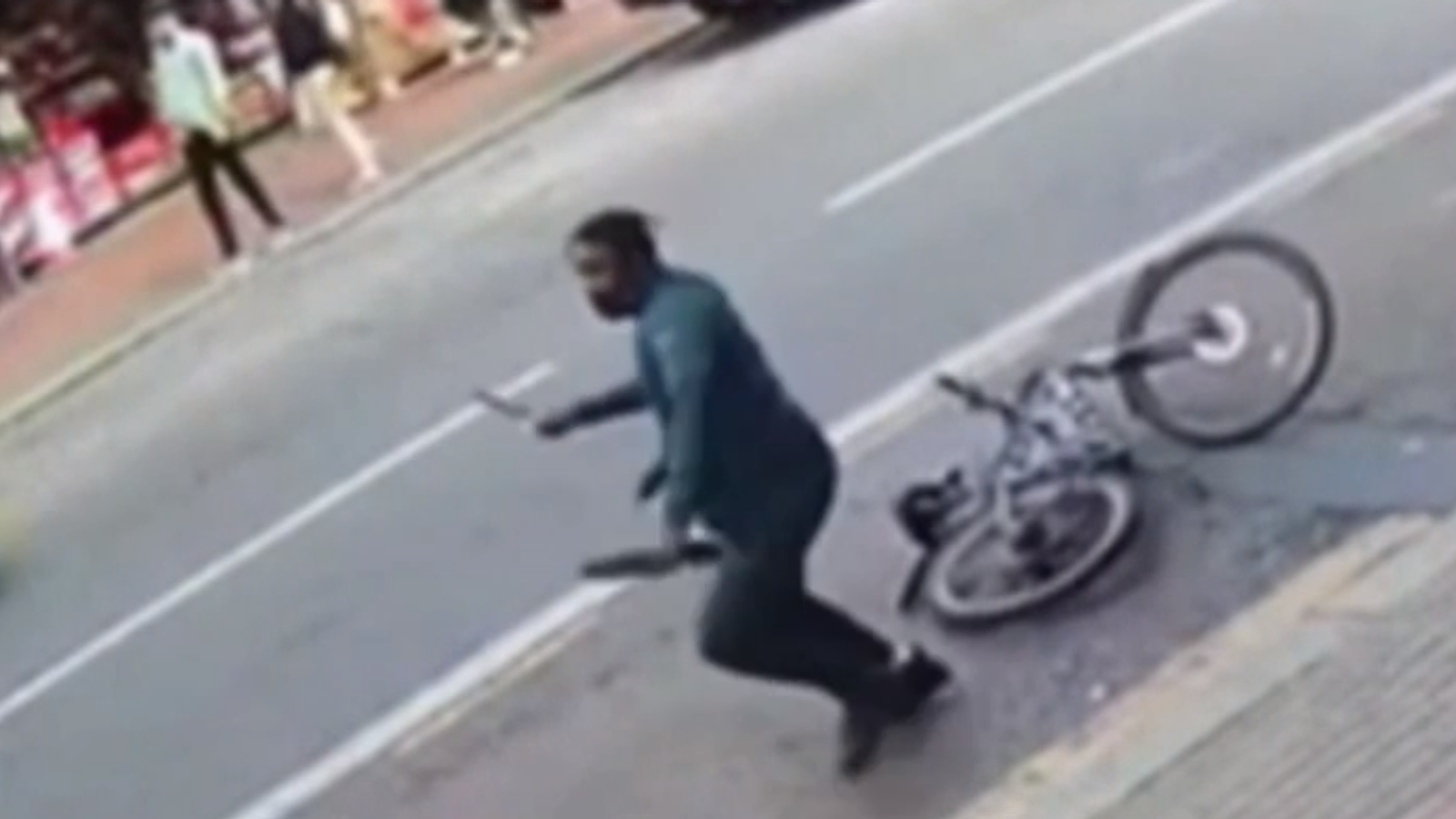(July 17, 2023 / JNS)
Crickets may not be kosher, but the sport played with a bat and ball certainly is … and has a long Jewish history.
The exhibit “Cricket and the Jewish Community” is on view at Lord’s Cricket Ground in North London in what Lord’s states is the world’s oldest sporting museum. It will run through 2025.
“Jews have contributed at all levels of cricket, both on and off the field of play. Jewish male cricketers have played Test cricket for Australia and South Africa, and perhaps more remarkably for the West Indies,” the exhibit states. “Jewish batters have scored centuries for the West Indies as well as for Ireland and Scotland. Female Jewish players have been capped by England, Australia and Ireland.”
Jews have been found among the game’s “umpires, administrators, journalists, patrons and have helped to develop the commercial side of the game,” the exhibit adds. “They have captained their countries, been presidents of MCC and even baked cakes for Test Match Special.”
Neil Robinson, head of heritage and collections at Lord’s Cricket Ground in North London. Photo by Georgia L. Gilholy.
Neil Robinson, head of heritage and collections at the museum, told JNS that the exhibit was conceived in 2019 when Daniel Whiteman, co-author of the book Cricket Grounds from the Air, approached him with the idea of a “relatively small display on Jewish cricket cricketers.”
“I thought, well, that’s a nice idea,” Robinson told JNS. “Then we all got locked down a few months later before we had a chance to develop it.”
Isolation as a result of the coronavirus pandemic thwarted the best-laid plans of cricket exhibition planners yet also afforded the chance to broaden the vision.
Robinson planned a dedicated space in the museum for communities to tell their stories, using museum resources and expertise. Where conventional museum narratives occur top-down, this concept allows communities to reclaim their stories.
Chief Rabbi Ephraim Mirvis of the United Kingdom is one of several prominent Jewish Brits recorded discussing his links to the sport.
“If you wanted any proof of the fact that there is a connection between cricket and religion, just look at the name of this ground. This is the Lord’s Cricket Ground, in the same way that this is the Lord’s universe,” he told the event.
Two years of preparation resulted in the current exhibit, which spans grassroots to the sport’s pinnacle.
“The exhibition delves not only into the triumphs of Jewish players on the field but also the struggles faced by the community, namely through the pernicious issue of antisemitism,” Robinson told JNS.
Just last October, ex-Yorkshire cricketer Azeem Rafiq was hit with a formal reprimand from the Cricket Discipline Commission for “racist and discriminatory conduct” after antisemitic messages made in a 2011 exchange with fellow cricketer Ateeq Javid.
“As one delves deeper into the annals of cricket history, an intriguing transformation of the sport’s relationship with religion unravels,” said Robinson. “Cricket, once maligned in religious tracts for its Sunday play, gradually found favor with the aristocracy due to its association with gambling.”
 From the exhibit “Cricket and the Jewish Community” on view at Lord’s Cricket Ground in North London. Photo by Georgia L. Gilholy.
From the exhibit “Cricket and the Jewish Community” on view at Lord’s Cricket Ground in North London. Photo by Georgia L. Gilholy.
Jewish players made their mark
By the 1830s, cricket embraced fully a muscular Christianity—“what certain groups claimed was the embodiment of morality, physical health and mental well-being,” Robinson said. “Cricket has also assumed an indelible role in the British Imperial Project, sometimes outshining the influence of Christianity itself.”
Cricket is particularly popular at upmarket, public schools among Christians, but that didn’t dissuade all Jews from entering the sport, upon which they soon made their mark.
Only one Jewish player has represented England as a Test (international level) cricketer, Nessa Reinberg. In South Africa, many Jewish cricketers overcame discrimination and made the national team.
The exhibit also encourages visitors to consider the cricketers who weren’t comfortable identifying publicly as Jews. Some kept their faith quiet with good reason.
The legendary South African cricketer Norman Gordon was met with “Here comes the rabbi!” taunts when he bowled in a 1938 match. Unphased, Gordon played so well that he shut the heckler up for the remainder of the game, Robinson said.
Images from the life of Baron de Rothschild (Victor Rothschild), who attended Harrow School and later played county cricket for Northamptonshire, are included in the exhibit. During World War II, he was appointed an MI5 expert. (One of his essential jobs was ensuring manually that no one had tampered with Prime Minister Winston Churchill’s Cuban cigars.)
 From the exhibit “Cricket and the Jewish Community” on view at Lord’s Cricket Ground in North London. Photo by Georgia L. Gilholy.
From the exhibit “Cricket and the Jewish Community” on view at Lord’s Cricket Ground in North London. Photo by Georgia L. Gilholy.
Lesser-known figures also emerge in the show, including the Jamaican-born, Sephardic cricketer Ivan Barrow, who became a symbol of pride for the island’s old but small Jewish community. In 1933, he became the first West Indian to score 100 in an English Test and the first Jew to do so.
Knick-knacks from the life of Fred Trueman, the celebrated Yorkshire and England fast bowler, are also on hand. “The media had discovered that Trueman’s mother had been born to a Jewish family, but given up for adoption and adopted by a Christian family,” Robinson told JNS.
“Trueman didn’t seem to mind the suggestion that he was Jewish at all, on the condition that he was free to continue eating bacon sandwiches—which he simply wasn’t prepared to give up,” Robinson added.
On the other end of the religious-observance spectrum, the exhibit includes a framed pair of tzitzit, which Johannesburg-born cricketer Mandy Yachad wore in a match against India—a testament to the deeply-held faith of many in the exhibit.
A particularly curious episode of the exhibit centers on one Aileen Cohen, a mystery woman with a Jewish surname who pioneered the tradition of baking chocolate cakes for BBC Test Match—a practice to this day.
The delectable tradition began in the early 1980s, when commentator Brian Johnston said he longed for a slice of cake during a match. The local Mrs. Cohen stepped up promptly, delivering a home-baked cake to the ground’s iconic Grace Gate entrance. “We don’t know anything else about her apart from her name,” Robinson told JNS. “If anyone knows more about her, please do contact us.”
 From the exhibit “Cricket and the Jewish Community” on view at Lord’s Cricket Ground in North London. Photo by Georgia L. Gilholy.
From the exhibit “Cricket and the Jewish Community” on view at Lord’s Cricket Ground in North London. Photo by Georgia L. Gilholy.
The exhibition comes at a precarious time for cricket, following a two-year independent probe into the sport, which claimed that racism, sexism, classism and elitism are “widespread” across the sport in England and Wales. Robinson thinks the exhibit can help the game secure a positive future.
“If you look throughout society, antisemitism has impacted far too many people, as do other types of discrimination. Cricket is obviously going through a period where it’s taking a hard look at itself in terms of prejudice,” he told JNS.
“I think what we are doing in this museum and in this gallery specifically can be part of the process that makes cricket more welcoming,” he said.
Subscribe to The JNS Daily Syndicate by email
and never miss our top stories
By signing up, you agree to receive emails from JNS and our advertising partners
https://www.jns.org/jewish-and-israeli-sports/cricket/23/7/17/303227/



